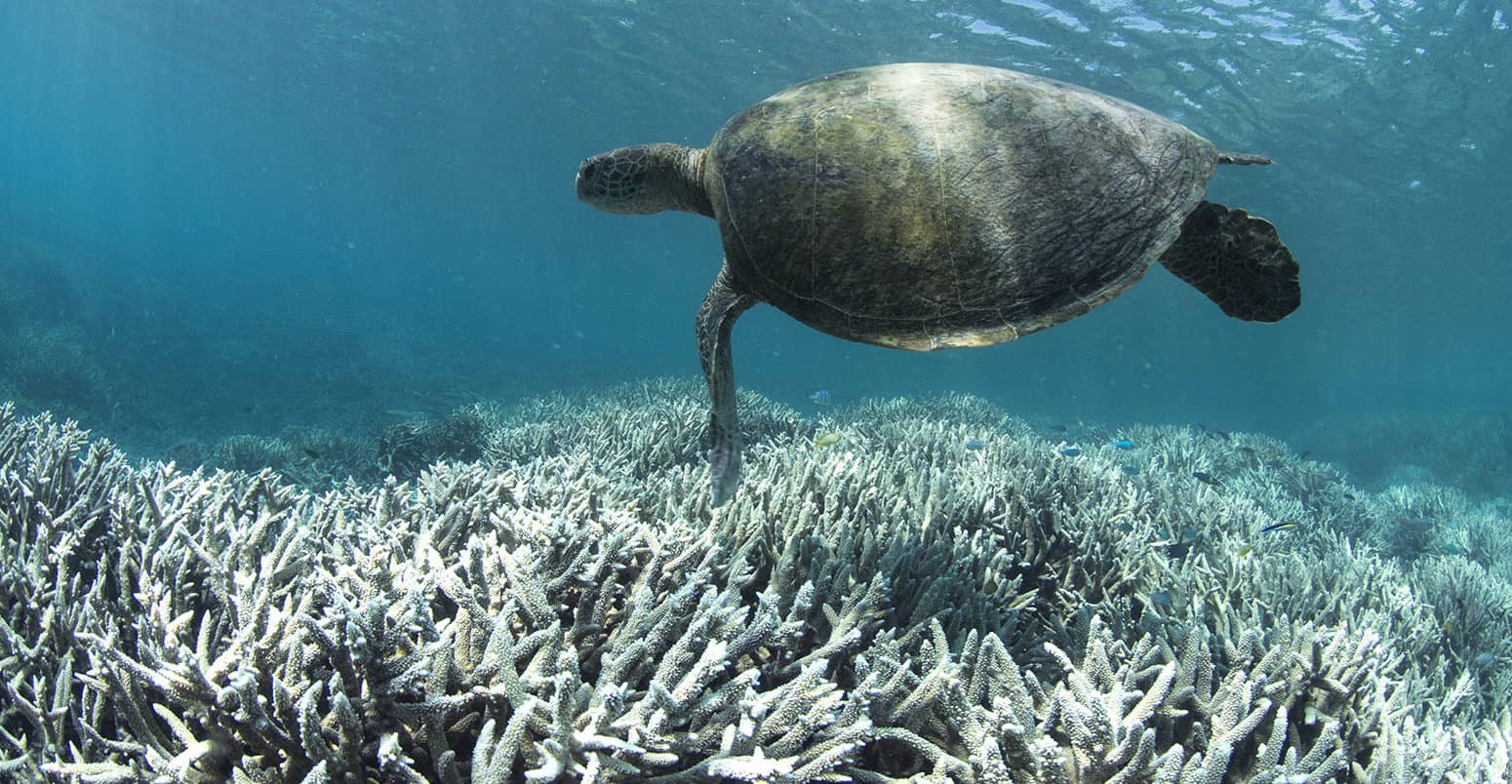Recently we heard that widespread coral bleaching has occurred on the Great Barrier Reef off Queensland for the fourth time in seven years. Scientists say the frequency of these bleaching events mean there’s less and less chance for corals to recover.
Meanwhile, rising ocean temperatures caused by climate . . .
